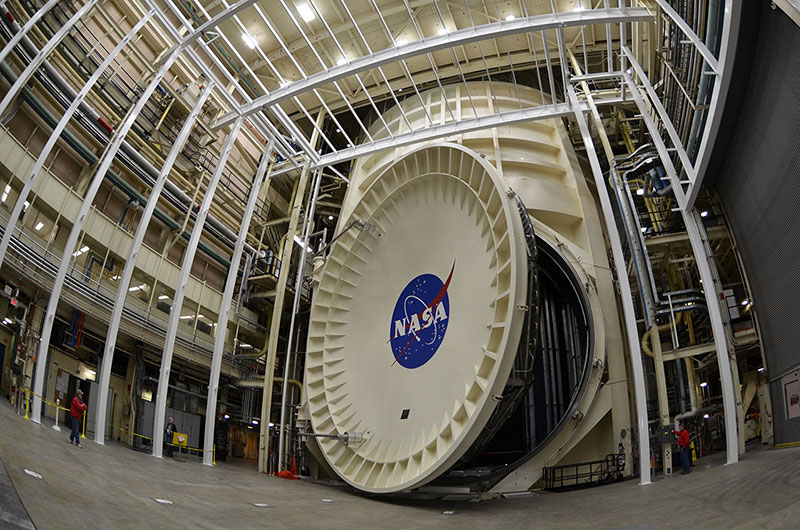Tig
Fucktangular
I started working at JSC in 1985 (my first mission was STS-51G), working for Northrup in Bldg. 7, Crew Systems Lab (they changed the name since). We did bends prevention testing, canned EVA suit tests, the space potty mod tests, and other biology tests. I also worked in Bldg. 32, the Space Environment Simulation Laboratory (2 huge thermal vacuum chambers) and Bldg. 33, Space Environment Simulation Test Facility (smaller thermal vacuum chambers).
I transitioned to a new contract (STSOC) working for Bendix/Allied Space, later replaced by United Space Alliance and moved to Mission Control. I also supported systems the spaceflight meteorology group, plus Bldg. 16, SAIL (Shuttle Avionics Integration Laboratory) and Bldg. 5, the simulations building. Directly supporting missions was the best, especially under Gene Krantz when he was the director for MOD (Mission Operations Directive).

I transitioned to a new contract (STSOC) working for Bendix/Allied Space, later replaced by United Space Alliance and moved to Mission Control. I also supported systems the spaceflight meteorology group, plus Bldg. 16, SAIL (Shuttle Avionics Integration Laboratory) and Bldg. 5, the simulations building. Directly supporting missions was the best, especially under Gene Krantz when he was the director for MOD (Mission Operations Directive).






